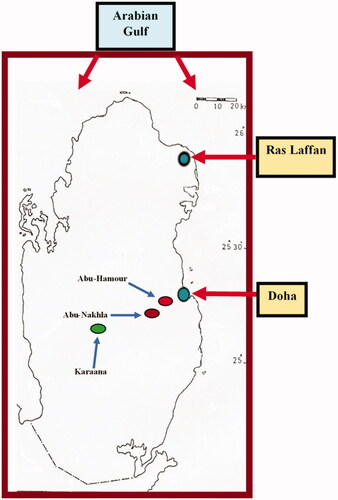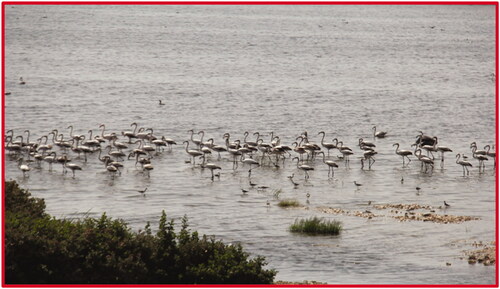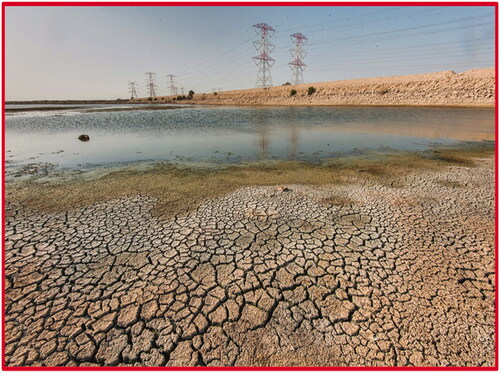Figures & data
Figure 2. Untreated wastewater pond (Abu-Hamour). Look at the Phragmites australis plants flourished at this pond and Aeluropus lagopoides can survive such habitat.
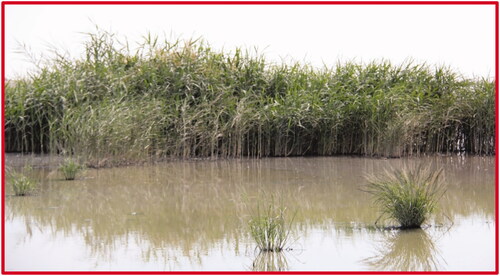
Figure 3. Treated wastewater pond (Abu-Nakhla). Good habitat for many aquatic plants, Typha domingensis and phytoplanktons thrived in this pond.
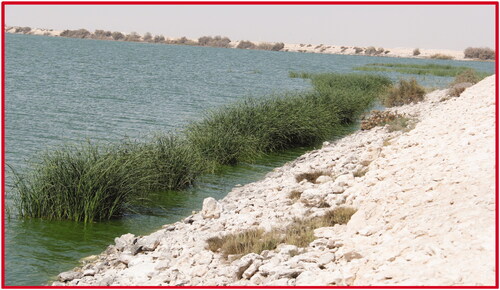
Figure 6. Restoration was carried out in some parts of the country and the ultimate objective is increasing green spaces.
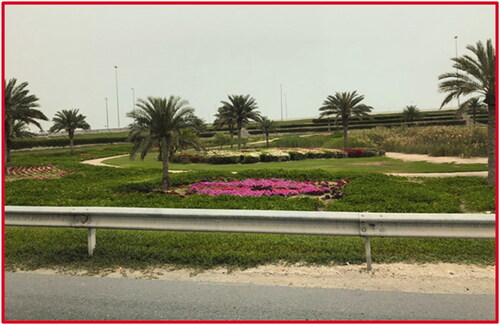
Figure 7. Part of the lagoon Karaana. This site needs a lot of effort to cultivate native plants (aquatic and terrestrial), with some species of green algae to phytoremediate the wastewater. The treatment station can be seen on the other side of the lagoon.
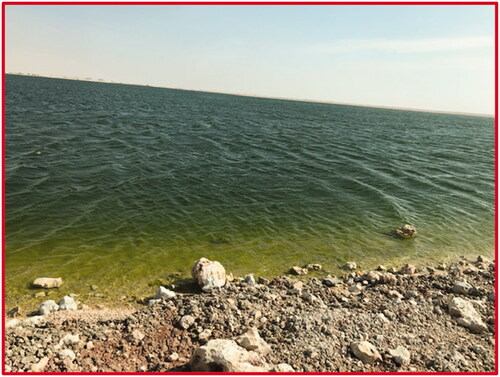
Table 1. The presence of native plants at two vegetation zones in the two ponds on the outskirts of Doha city, Qatar.
Table 2. Photosynthetic phyla and genera encountered in these ponds at various locations.
Table 3. The most common invertebrates found at the major ponds near Doha city.
Table 4. The most common vertebrates found at the major ponds near Doha city.
Table 5. Many Qatari native plants at wastewater ponds involved in phytoremediation of petroleum hydrocarbons and heavy metals with the cooperation of various microorganisms.
Table 6. Many cyanobacteria and algae thrived at the wastewater habitats to play various ecological roles and phycoremediation actions of pollutants.
Figure 8. The general structure of PCBs, the number of chlorine atoms varies from one to ten to replace the hydrogen atoms in the biphenyl to give as many as 209 different chemical compounds (Lee and Fletcher Citation1990).
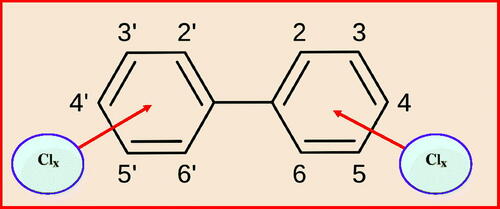
Figure 9. Diagram showing the main pathway for PCBs degradation in microorganisms and plant tissues. *partially, less than 5 Cl atoms, no chlorines in one ring, **BP pathway is series of reactions carried out by a group of aerobic bacteria (like Pseudomonas sp. and Azoarcus evansii), ***Mineralization in soil science is the decomposition of the chemical compounds in organic matter, by which the nutrients in those compounds are released in soluble inorganic forms that may be available to plants. Also, it is achieved by some microorganisms (fungi) and plants. (https://en.wikipedia.org/wiki/Mineralization_%28biology%29).
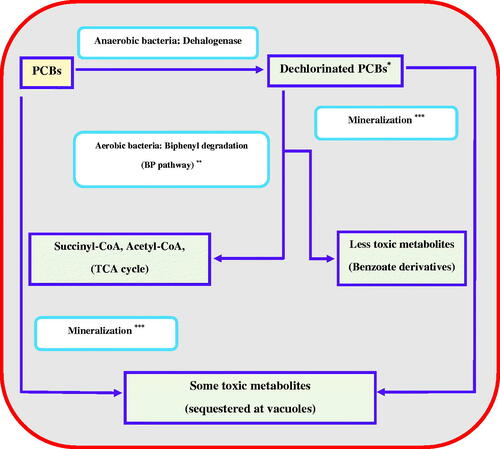
Figure 10. Industrial and Agrobiotechnological activities of bio-remediators followed by monitoring and recycling.
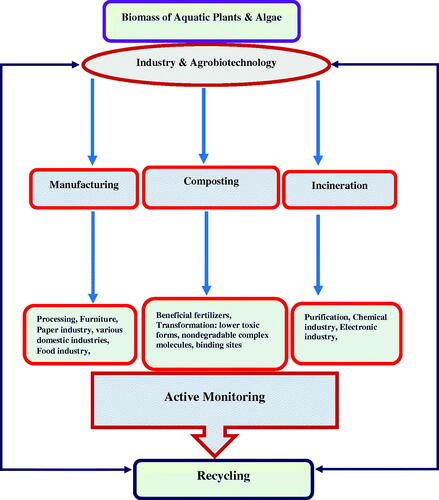
Figure 11. Modified theoretical diagram showing genetic engineering programs of aquatic plants and associated bacteria to remediate IWW.
1: Plants: Amaranthus viridis, Cynodon dactylon, Juncus rigidus, Phragmites australis, Polypogon monspeliensis, Portulaca oleracea, Typha domingensis, and possibly others. Bacteria: Gram-negative bacteria: Aeromonas hydrophilia, Pseudomonas aeruginosa, Klebsiella pneumoniae, Chromobacterium violaceum, Gram-positive bacteria: Streptomyces spp., Bacillus spp., and Macrococcus sp., and possibly others. References: Al-Qurainy and Abdel-Megeed Citation2009.
2: Traits: Biomass production, Well-developed roots, High growth rates, Highly-branched root system, Leaf greenness, Chlorophyll fluorescence, Non-consumable (non-edible), Easy harvestability, Resistant to metal accumulation, Accumulation of heavy metals, Metabolize petroleum hydrocarbons, Nitrate and phosphate removal, etc. References: Al-Qurainy and Abdel-Megeed Citation2009; Chen et al. Citation2019; https://www.drdarrinlew.us/metal-contaminated/characteristics-of-plants-used-for-phytoremediation-of-heavy-metals.html.
3: Genes and Proteins, References: Fulekar et al. Citation2009; Mudgal et al. Citation2010; Singh et al. Citation2012; Liu et al. Citation2015.
4: Genetic engineering, References: Kärenlampi et al. Citation2000; Ruiz et al. Citation2003; Alkorta et al. Citation2004; Mudgal et al. Citation2010; Van Aken et al. Citation2010; Azad et al. Citation2014; Yan et al. Citation2020.
5: Transformation, References: Gratão et al. Citation2005; Fulekar et al. Citation2009; Van Aken et al. Citation2010; Ben Chekroun and Baghour Citation2013; Yan et al. Citation2020.


